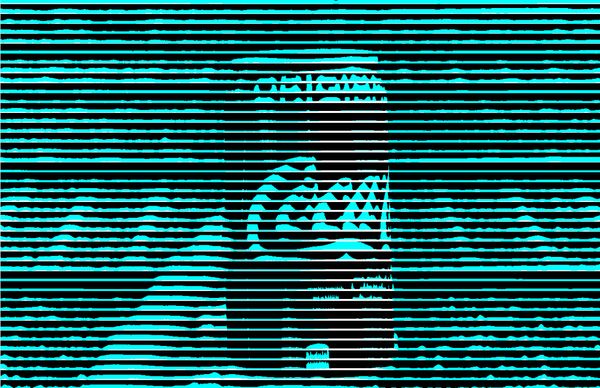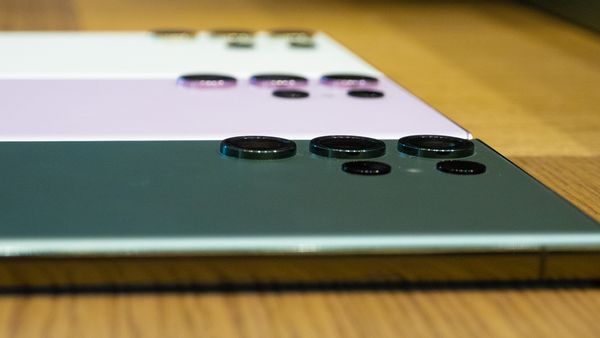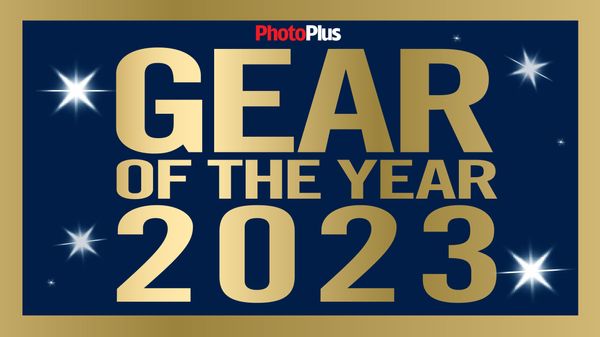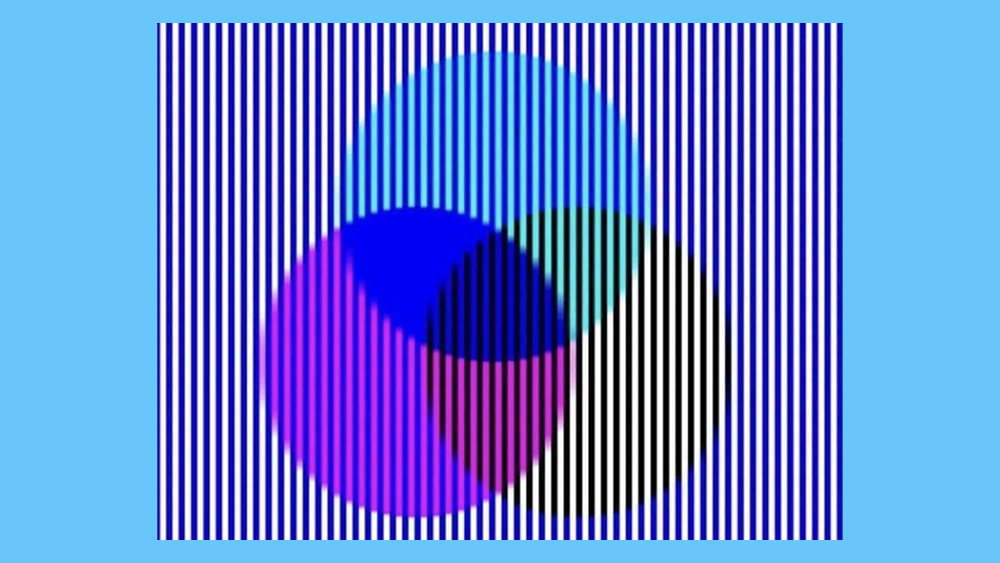
We love a good optical illusion at Creative Bloq, and some are so good they crop up again and again online, baffling people all over again. This is one such example, and it's now been given a name: 'illusory yellow.' It might look like one of the circles in the image contains yellow lines between the blue ones, but they're not really there.
People still can't believe it, and over on X (pronounced 'Twitter'), a whole debate has started again. Some people have even dragged the image into Photoshop to check just what's going on (see our favourite optical illusions for more mind benders).
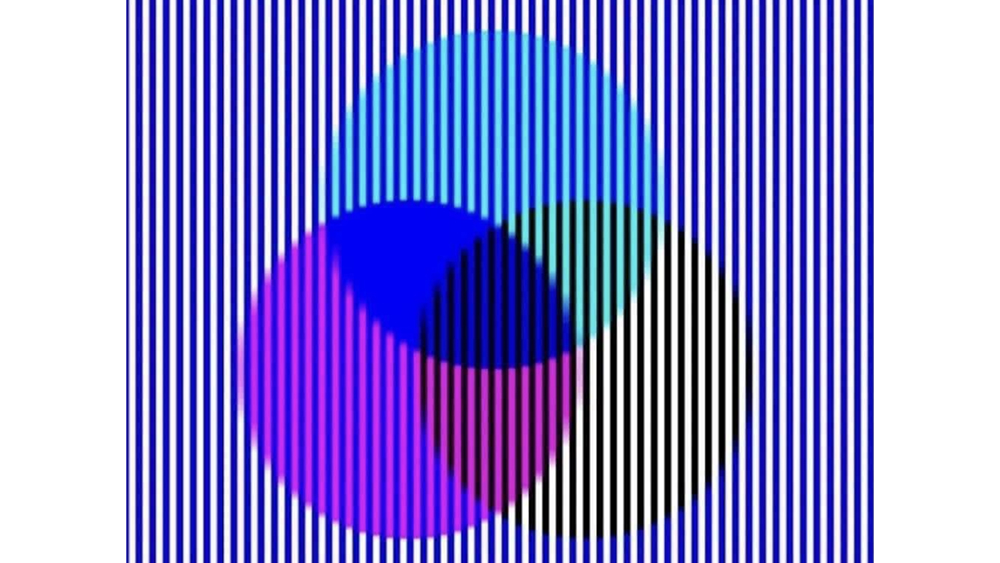
The optical illusion resurfaced after being shared on X by the experimental psychologist Akiyoshi Kitaoka, who also makes optical illusions. The image shows a striped rectangle containing three circles formed by different coloured backgrounds. The circles appear to be cyan, magenta and yellow, with other hues formed where they overlap.
But we're told that no, that yellow is an "illusory yellow". If you zoom in until all you can see is a few stripes of the circle on the bottom right, you should be able to see that the colour that looks yellow is actually white. But how does the illusion work?
Well, when we've seen this optical illusion before, some people suggested that it occurs because we expect to see yellow in the final circle since it's what we're used to in the CMYK colour model. That turns out not to be the case, because someone has successfully recreated the illusion without the two other circles (see the tweet below).
haha I love it! We don't even need the two other dics pic.twitter.com/kmB3o2eOdONovember 30, 2023
That leaves the other main suggestion, which involves the background of the rest of the image. This is not actually white but slightly blue. Only the background in the last of the three circles is white, and the juxtaposition with the other colours – and with what we assume to be white in the rest of the pattern, makes it appear to be yellow.
And based on what I'm seeing in Photoshop that seems to be the case. What appears to be yellow is actually a very light grey – almost white (#fdfdfd). The background white is a very light blue/purple (#f7f8fc). The gradient between these colours along the edge of the circle passes through light yellow/light green. The suggestion is that when we havie to choose between 'cold' white and 'warm' white, our brains assume the 'cold' white is the true white and consequently make us see the true white as yellow.
For more visual trickery, see our pick of the best optical illusions of 2023.






